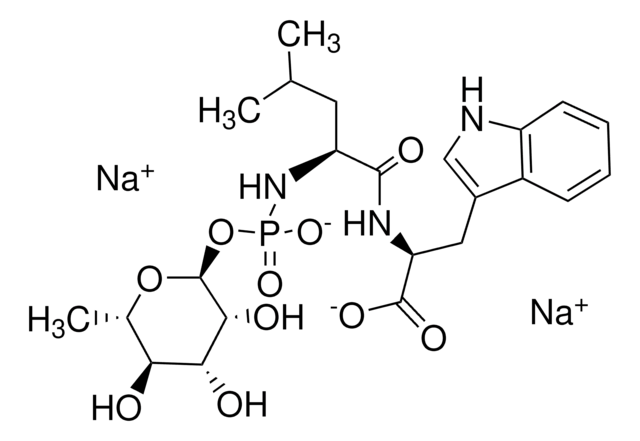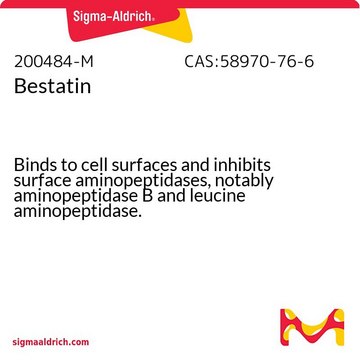E3132
E-64
protease inhibitor
Sinónimos:
trans-Epoxysuccinyl-L-leucylamido(4-guanidino)butane, L-trans-3-Carboxyoxiran-2-carbonyl-L-leucylagmatine, N-(trans-Epoxysuccinyl)-L-leucine 4-guanidinobutylamide
About This Item
Productos recomendados
biological source
synthetic (organic)
Quality Level
assay
≥98% (HPLC)
form
powder
solubility
water: 20 mg/mL, clear, colorless to faintly yellow
storage temp.
2-8°C
SMILES string
CC(C)C[C@H](NC(=O)[C@@H]1O[C@H]1C(O)=O)C(=O)NCCCCNC(N)=N
InChI
1S/C15H27N5O5/c1-8(2)7-9(20-13(22)10-11(25-10)14(23)24)12(21)18-5-3-4-6-19-15(16)17/h8-11H,3-7H2,1-2H3,(H,18,21)(H,20,22)(H,23,24)(H4,16,17,19)/t9-,10+,11+/m0/s1
InChI key
LTLYEAJONXGNFG-HBNTYKKESA-N
¿Está buscando productos similares? Visita Guía de comparación de productos
General description
- cathepsin K
- cathepsin L
- cathepsin S
- calpain
- cathepsin B
- cathepsin H
- papain
Application
Biochem/physiol Actions
Preparation Note
Storage Class
11 - Combustible Solids
wgk_germany
WGK 3
flash_point_f
Not applicable
flash_point_c
Not applicable
ppe
Eyeshields, Gloves, type N95 (US)
Certificados de análisis (COA)
Busque Certificados de análisis (COA) introduciendo el número de lote del producto. Los números de lote se encuentran en la etiqueta del producto después de las palabras «Lot» o «Batch»
¿Ya tiene este producto?
Encuentre la documentación para los productos que ha comprado recientemente en la Biblioteca de documentos.
Los clientes también vieron
Artículos
Papain is a cysteine protease of the peptidase C1 family. Papain consists of a single polypeptide chain with three disulfide bridges and a sulfhydryl group necessary for activity of the enzyme.
Nuestro equipo de científicos tiene experiencia en todas las áreas de investigación: Ciencias de la vida, Ciencia de los materiales, Síntesis química, Cromatografía, Analítica y muchas otras.
Póngase en contacto con el Servicio técnico

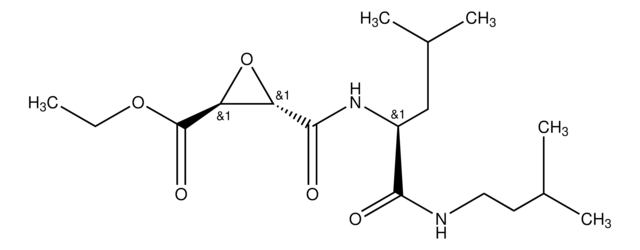


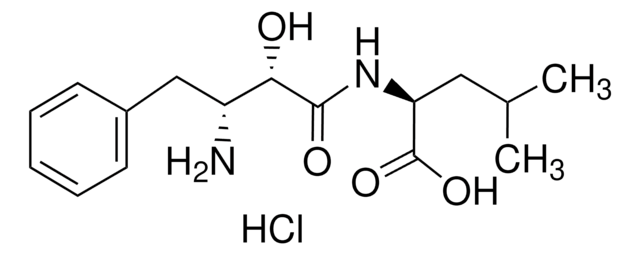

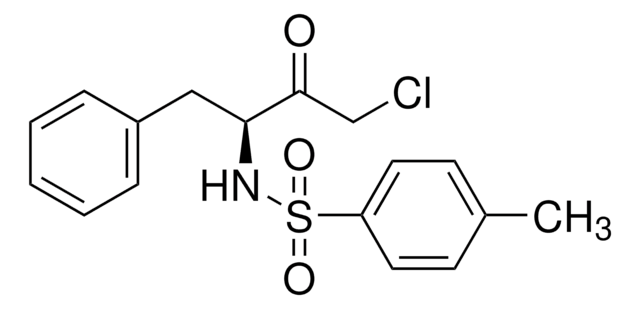
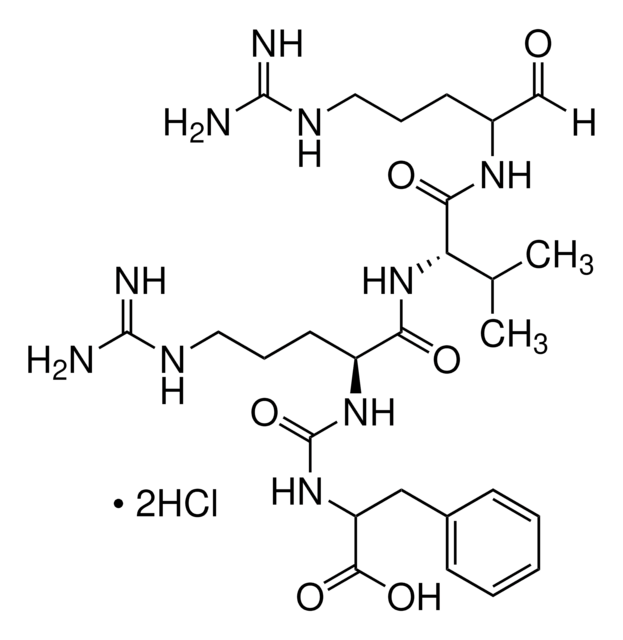
![N-[(2S,3R)-3-Amino-2-hydroxy-4-phenylbutyryl]-L-leucine 97%](/deepweb/assets/sigmaaldrich/product/structures/938/715/04f08fd1-8b5f-425c-a0bb-bbf530256760/640/04f08fd1-8b5f-425c-a0bb-bbf530256760.png)
